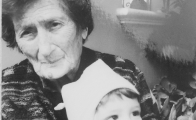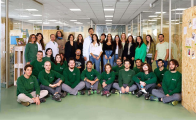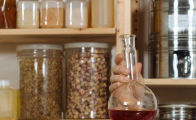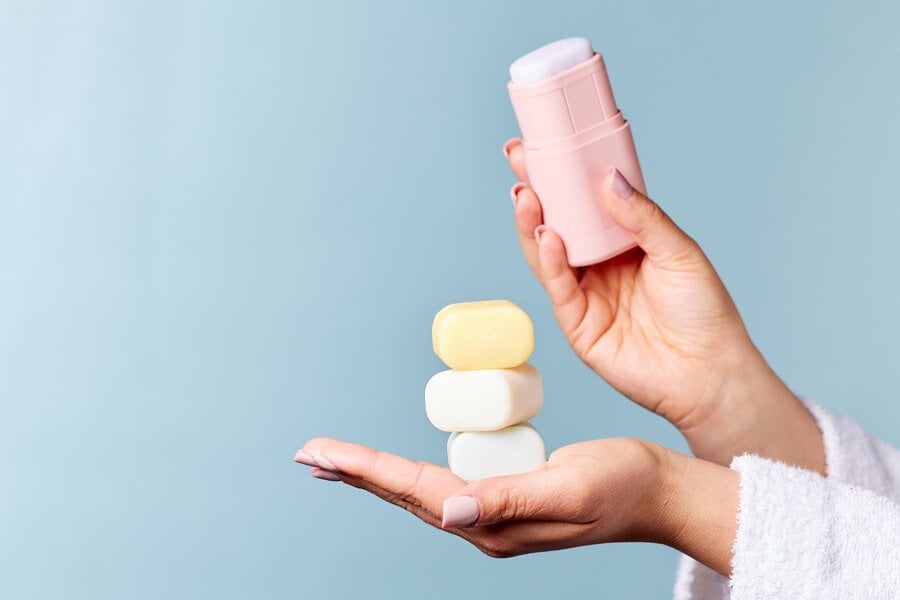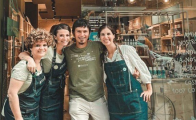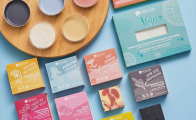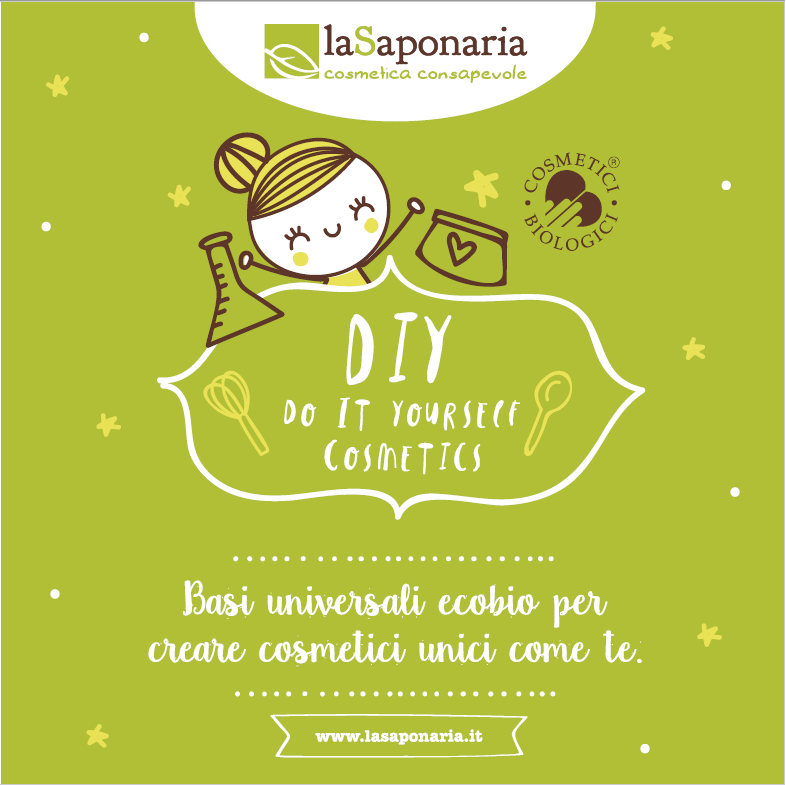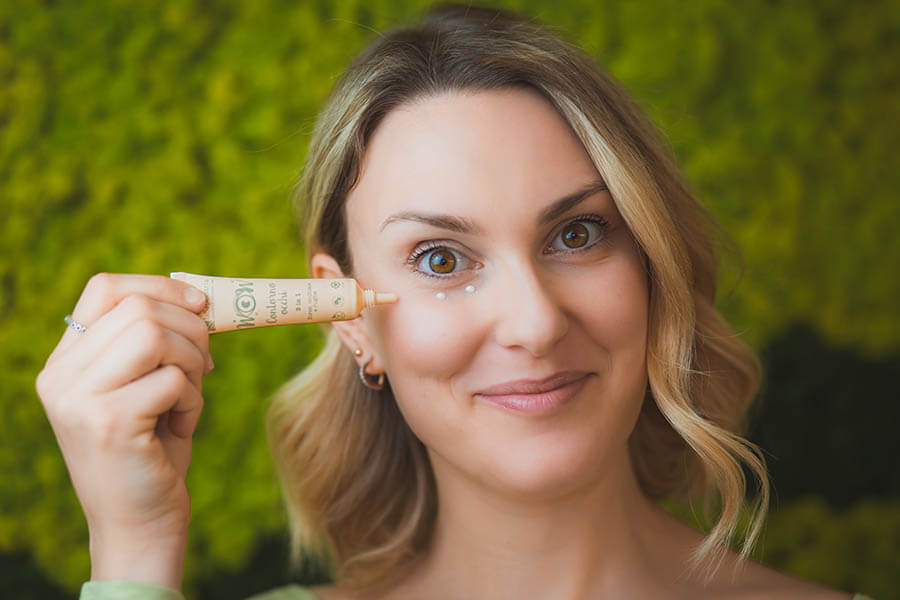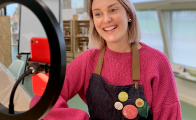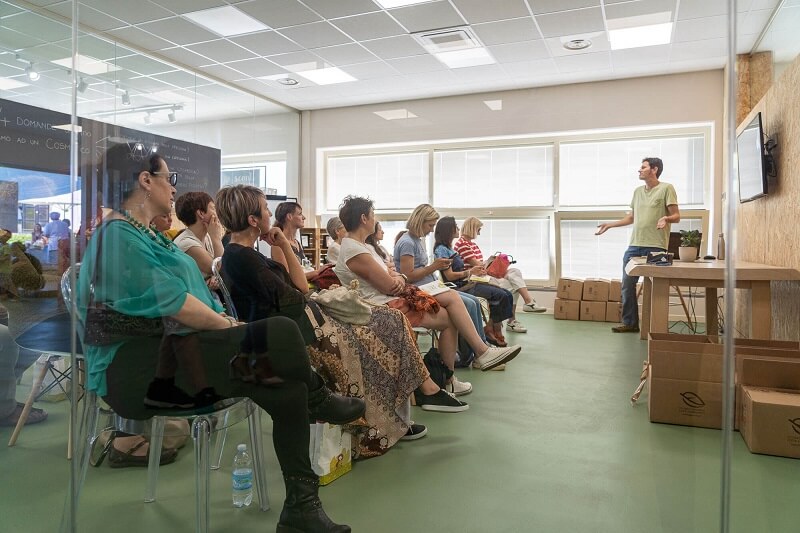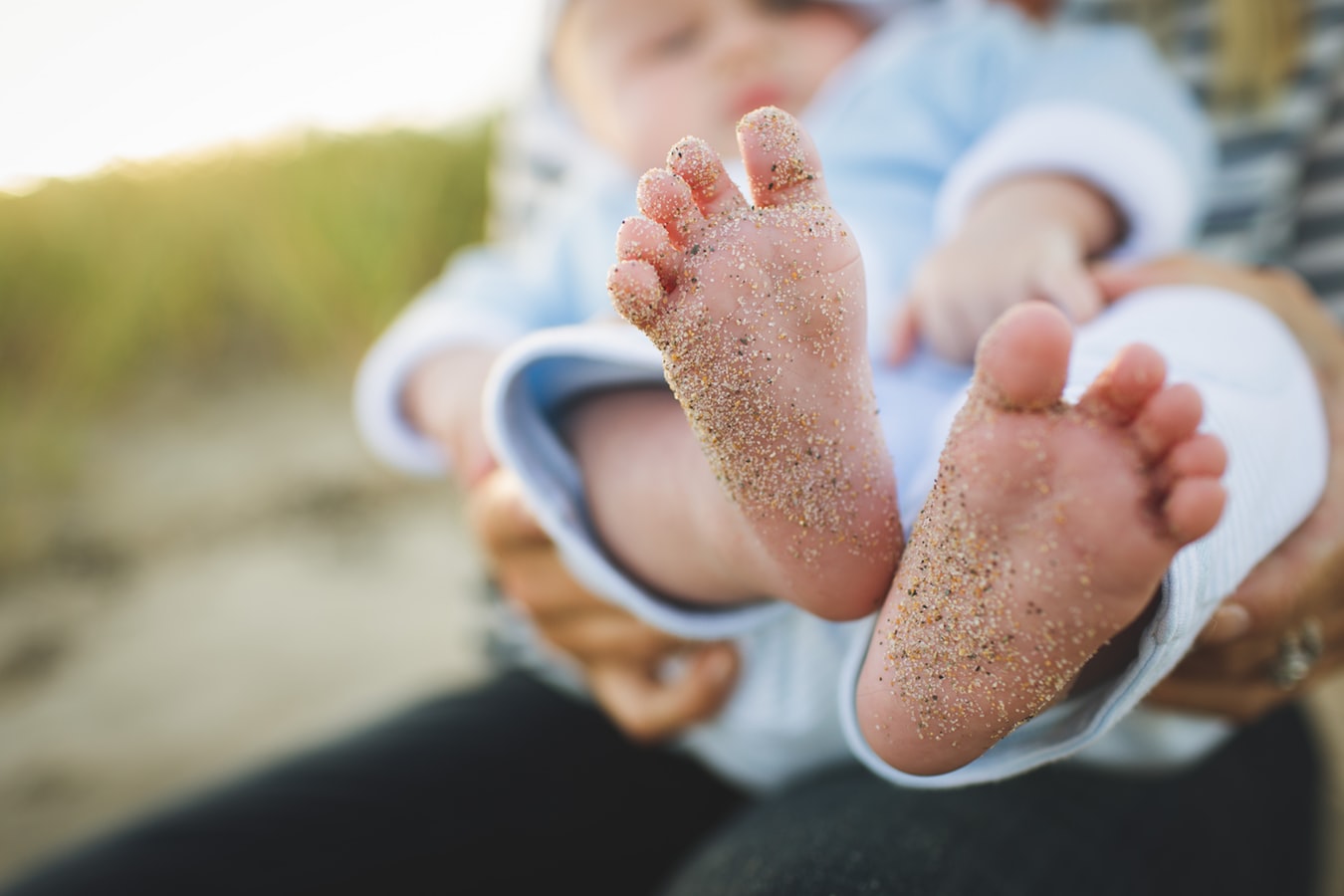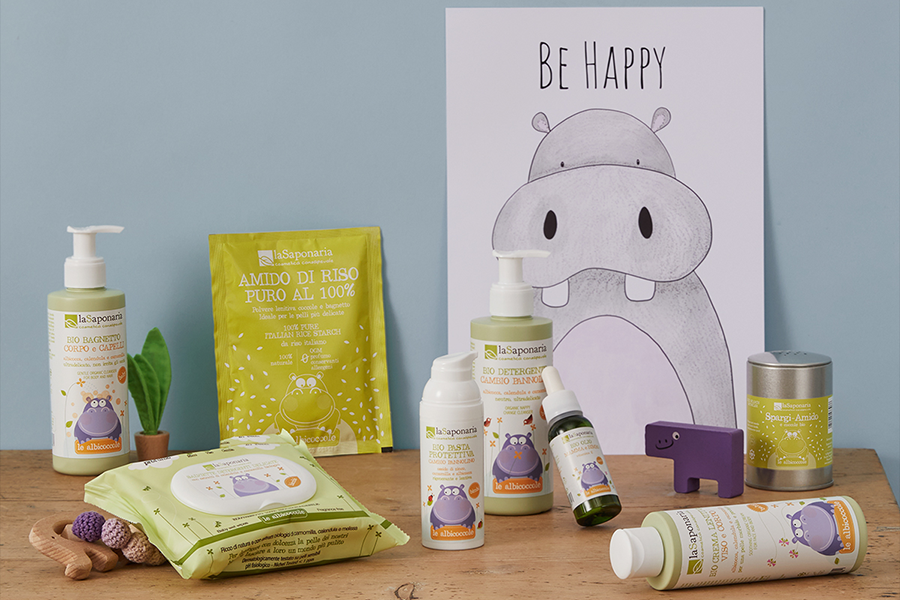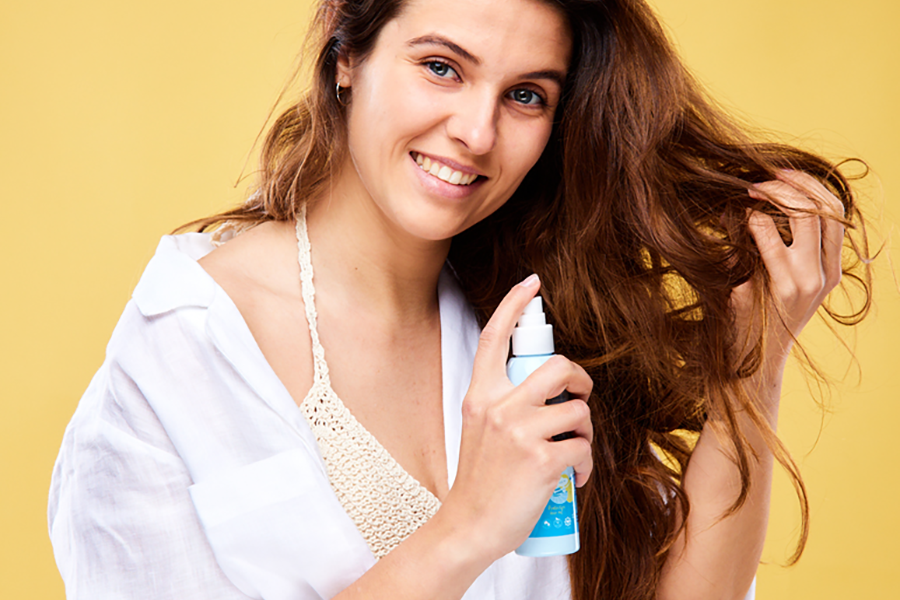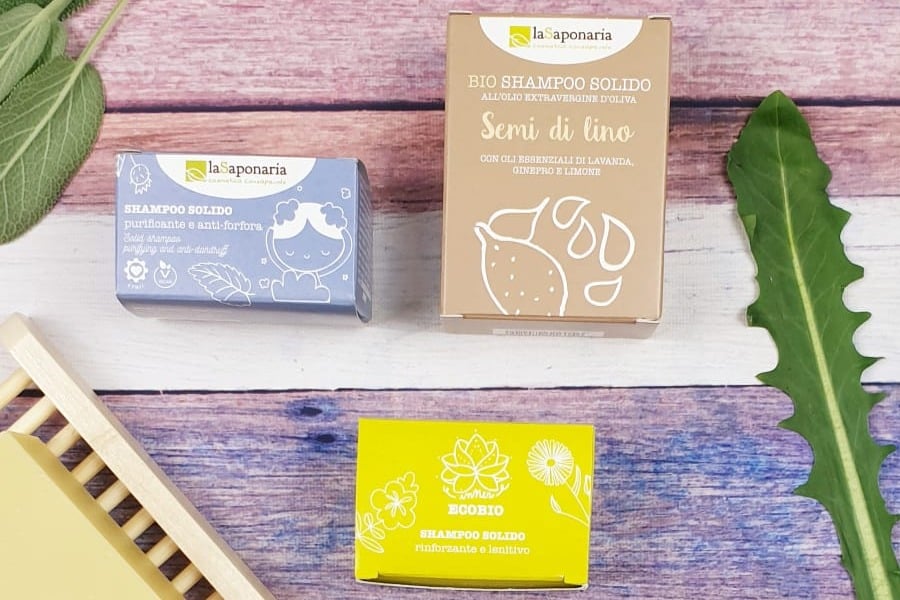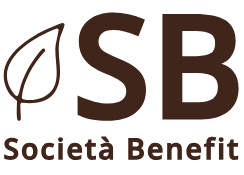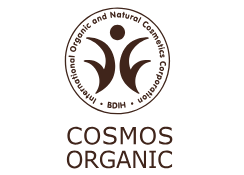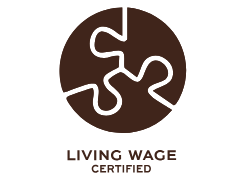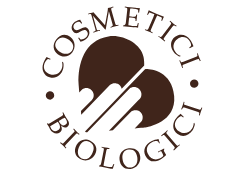The insights of La Saponaria
Packing for childbirth: sustainable and mother-friendly solutions for the incoming babies and their mothers
Among the preparations to do to welcome our baby to the best you must also think about what to pack for the stay in the hospital. Here you will find a list of essentials that you will need to have at hand before giving birth and the first days together with your baby.
With the approach of the expected date of birth it is natural to wonder how it will be to live the exciting event that we have been waiting for throughout the pregnancy: to finally know our baby. Among the many preparations to make to welcome our baby on arrival we must definitely think of the suitcase for childbirth with everything you need for hospitalization.
The first step is to consult the list made available by the structure in which you decided to give birth. In fact, there is no standard list and each hospital or clinic provides specific indications, useful to understand what is made available directly from the structure and what you need to get.
The second step is always to be guided by common sense. Each of us is different and has its own needs: what is indispensable for one mother can be secondary for another. So the advice is to take some time and wonder what we will really need during childbirth and in the days immediately thereafter. But when is the right time to start packing for childbirth?
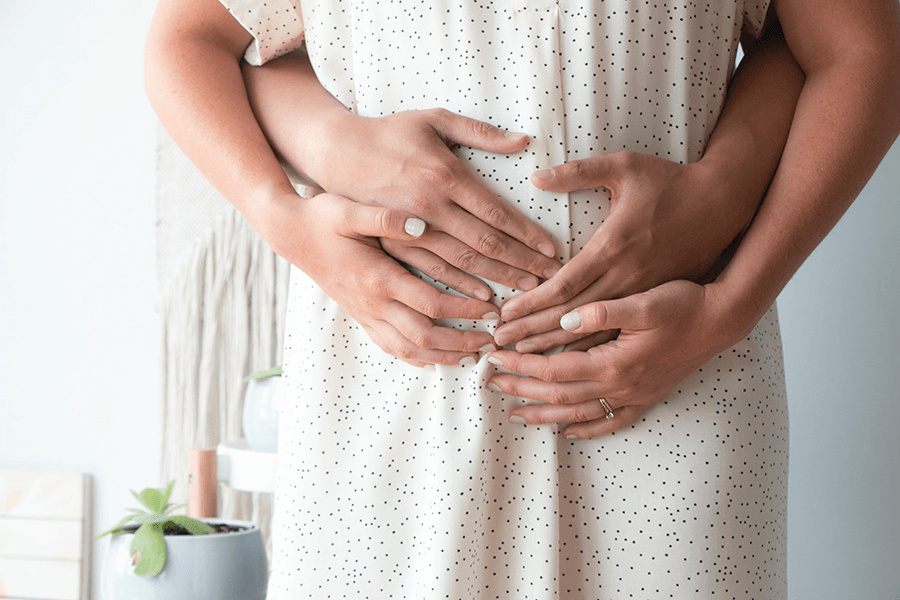
When to pack for childbirth?
As you can imagine there is not a moment that is valid for all to prepare the suitcase for childbirth: there are those who prefer to think about it well in advance and those who instead begin to fill the suitcase close to the expected date of birth, communicated by the gynecologist at the beginning of pregnancy. However, the day of birth is hypothetical and the child may arrive earlier or later than this date.
The advice is then to prepare the suitcase for childbirth around 36 weeks, so as to be ready even for a possible premature birth that usually could take place from 37 weeks.
In any case, having everything ready a little early can help us reduce the anxiety related to childbirth and to become aware that the moment when we will know our baby is near. Suitcase preparation is definitely an important stage of pregnancy, but what should we take with us?
what to pack
Choosing what to take with you during your stay in the hospital is certainly subjective: as we said before, there is no 'typical suitcase' that can be suitable for all future mothers, but there are definitely a series of general indications that can be useful to all, especially to those who are facing the first birth and still do not know what to expect.
In general, what needs to be put in the suitcase concerns the need to face labor and the subsequent stay of the mother, without forgetting the need to take care of our child already during the very first days of his life.
Even the choice of suitcase itself is not obvious. You can opt for the classic hard case or for a soft bag: perhaps the best choice to adapt to the limited space of hospital rooms.
What about size? These are also subjective. We must keep in mind that the stay in the post partum structure can be more or less long. Usually both the mother and the child remain hospitalized for at least three days, but this time can vary depending on the type of delivery: if C-section usually the days of hospitalization become four.
In any case it is good to keep in mind the above-mentioned common sense and do not exaggerate: taking the house is not the ideal solution to create a family environment around you. So once you have inserted the things that you really think are essential - and some extras to pamper you and your baby - you’ll be ready! But what are the things you just can’t not have with you?

During childbirth
The moment of labor is the most crucial of all pregnancy: soon you will be able to see your baby for the first time and hold it in your arms. There are not many things that you will need at this stage: what really counts will be to find inside you all the energy and concentration that you will need to give birth to the baby you carry in your womb. But other than that don’t forget:
- Your personal documents: often they ask you as soon as you enter the structure so make sure you have your ID and health card with you.
- Pregnancy documents: Take with you all the exams and ultrasounds that you performed during the months of pregnancy. You can keep them all together in a folder or arrange them in a binder so they don’t end up around the suitcase.
- The shirt for childbirth: the ideal is to choose a model with an opening on the front so as to promote skin-to-skin contact with the child after childbirth. You can also opt for a wide shirt to keep you comfortable. As for the material, prefer clothing in breathable and not too warm fabrics.
After childbirth: for mom
During your stay in the hospital, it is important to have a well-organized suitcase in which it is easy to identify at a glance what you need, so that your loved ones or nursing staff can easily find the necessary items. The list of what you should pack for the 3 or 4 days in hospital includes:
- 2 or 3 nightgowns: prepare a nightgown in advance to wear immediately after childbirth or shower. Add 2 more nightdresses to your suitcase for the following days. Also in this phase you prefer a model with an opening on the front in order to facilitate visits and breastfeeding.
- Specific sanitary napkins for postpartum: they are larger, more absorbent and more delicate than traditional ones. Prefer soft hypoallergenic cotton.
- post-birth briefs: on the market you can find them both disposable - mesh or non-woven - and washable.
- two or more bras specific for breastfeeding: they are bras that open in order to facilitate access to the nipple. Take it a comfortable size, so it will fit even during milky whipping.
- breast pads: these are similar to the cotton pads used to remove make-up but are placed inside the bra to absorb milk leaks. They should be changed often enough so that the nipple does not remain in contact with wetness for too long.
- three or four pairs of socks: especially in the cold season can keep your feet warm. They are also required for a purely hygienic.
- a robe: useful for when you want to leave the room.
- a warm garment, but not too much: make sure you have with you a garment that you can superimpose on the nightdress in case you feel cold. This is good advice even if the date of your birth is set in the middle of summer: air conditioning may be annoying.
- a pair of slippers: comfortable and easy to wear. You can also bring a pair of flip-flops that will be useful for showering or if you opt to give birth in the water.
- of towels: take with you one or two towels of normal size and one small for the bidet. If you want you can also add a small towel for the face.
- the bathrobe or alternatively a large towel that you can use to dry after showering or if you choose to give birth in water.
- clothes for the day of discharge: better to choose comfortable, easy to wear and soft clothes.
As for daily hygiene you will need:
- a toothbrush and toothpaste.
- a soap or liquid detergent.
- an intimate cleanser: choose a very delicate one, especially if you have had a natural birth or if you have suffered an episiotomy. Better if designed specifically for the post partum.
- a shampoo: in case you want to wash your hair do not forget to blow dryer.
- a brush or a comb
- your deodorant
- a beauty with everything you need for personal care: are you a beauty addicted and do not know what to take with you and what to leave at home? Then the next paragraph is written just for you!
What to put in the beauty?
If you are used to a complete beauty routine at home and the thought of neglecting your skin during the three or four days of hospitalisation gives you the shivers, know that you can take along a beauty kit with everything you need to keep your skin beautiful and moisturised even during your stay in hospital.
But in this case you need to keep it as essential as possible: beauty products can take up a lot of space and if you don't want to opt for samples - because they are not very eco-friendly - you will have to make choices! So, unless you have Mary Poppins' bag at your disposal, the essentials are:
- a face cream to guarantee the skin its daily dose of hydration.
- a lip balm: useful to avoid cracking of the lips caused by air conditioning or high heating.
- a gentle cleanser for the face: to keep it clean and fresh.
- wet wipes: useful on a thousand occasions.
- a cream or oil for the nipples: useful to prevent fissures, annoying cuts that are formed on the nipples after breastfeeding. If you want to keep hydrated this delicate area of the female body and prevent redness, you can try the Bio Oil Mom and Baby: it is not necessary to rinse it before breastfeeding and it is also perfect for taking care of the skin of our baby. Practical, no? Alternatively you can also get Vitamin E that has a great elasticizing power on the skin.
After childbirth: for the baby
Now that you have packed everything you need during your hospital days, you can go to the essentials to take care of your baby:
- a complete change to wear immediately after delivery: Get a leotard, onesie, 1 pair of socks and a bonnet. Once born, your baby will need warm clothing that will help him regain the feeling of reassuring warmth felt during the months of pregnancy and make the transition to the outside temperature more gradual, certainly colder. For this reason, we usually opt for a long-sleeved onesie even in summer. Prefer soft and breathable fabrics such as cotton, so as to prevent your baby’s skin from getting irritated.
- 3 or 4 outfits for the days after childbirth: you can put them in a suitcase already separated in practical sachets so you do not have to rummage far and wide to find the sock dispersed.
- a pack of diapers in size new born: they are usually also made available by the hospital. However, if you want to be sure to avoid irritation to your baby, it is better to get diapers made of analergic and dermatologically tested materials.
- cotton muslin to wrap your baby with and keep warm.
As for the products for the daily hygiene of our baby, it is better to prefer products formulated with natural and delicate ingredients on the skin. Be careful that the packaging is marked 'dermatologically tested on sensitive skin' so you are sure that your baby’s skin will not experience redness and irritation. Among the essentials to pack we have:
- a gentle cleanser suitable for newborn skin: to take care of your baby’s sensitive skin choose a product that can cleanse and preserve the delicate physiological balance of the skin. Products with soothing, soothing and soothing organic extracts, such as Hamamelis extract, Calendula and Chamomile are particularly indicated.
- a detergent for changing diapers: if you have already had to deal with diapers and soothing creams you know that redness is fought starting from a good detergent. It is very important to choose a delicate and soothing to gently clean the skin of our children. Also for this product are indicated extracts of Hamamelis, Calendula and Chamomile.
- a protective paste for the change: another fundamental step to avoid redness on the bottom of our children is to get a protective paste to apply to each change. We can opt for a cream rich in natural ingredients such as Shea Butter, Apricot and Olive Oil, with great nutritional powers, and Zinc Oxide that, thanks to its barrier effect, protect the skin from the stress of the diaper.
- wet wipes: to gently cleanse the skin of our children prefer wipes made of soft fabric and containing surfactants of plant origin. Chamomile extract and Melissa extract are the best to soothe and regenerate the skin. Other ingredients to look for are Olive Oil and Bisabolol that soften and protect the delicate skin of our little ones.
- a soothing and nourishing cream: even children’s skin needs to stay hydrated! To nourish it thoroughly choose a rich and protective cream with natural ingredients and emollients. Your little one will love this soft cuddle!
How to prepare a suitcase for more sustainable childbirth
If we do not want to lose sight of environmental sustainability while preparing our suitcase for childbirth, we can adopt some strategic measures. To have a 'light' suitcase you can:
- replace the practical organizers for the suitcase, usually made of plastic materials, with equally comfortable bags or clutch bags made of organic cotton or recycled cotton.
- replace traditional sanitary napkins with biodegradable or washable ones. In the latter case, remember to pack also your wet bag where to store them once used. It is not recommended to use the menstrual cup after childbirth.
- Even traditional diapers can be replaced with their biodegradable or washable version.
- you prefer organic cosmetics with natural ingredients and not harmful to the environment: a cuddle for the skin and a gift for our planet!
- Even the toothbrush can be replaced with a vegetable fiber version even better if it has interchangeable heads.
- replace the liquid cosmetics contained in plastic packs with their solid version: soaps and solid shampoos are even more comfortable than their liquid version because they take up less space. If you want to reduce your hospital bag to the essentials you can cut the soap in two and voila, you will have gained additional space!
- another way to be sustainable and buy products with recycled plastic packs. The products of Le Albicoccole, the line of La Saponaria designed for children, are contained in bottles made with post-consumer recycled plastic. A great way to take care of our children and give them a healthy and clean world!
That’s all you need to know about how to pack a suitcase for childbirth complete with everything you need! Have a nice delivery!

Written by Simona
She is La Saponaria’s digital writer: always juggling a newsletter to send and a blog article to publish, she lovingly takes care of our social media channels and our e-commerce.

